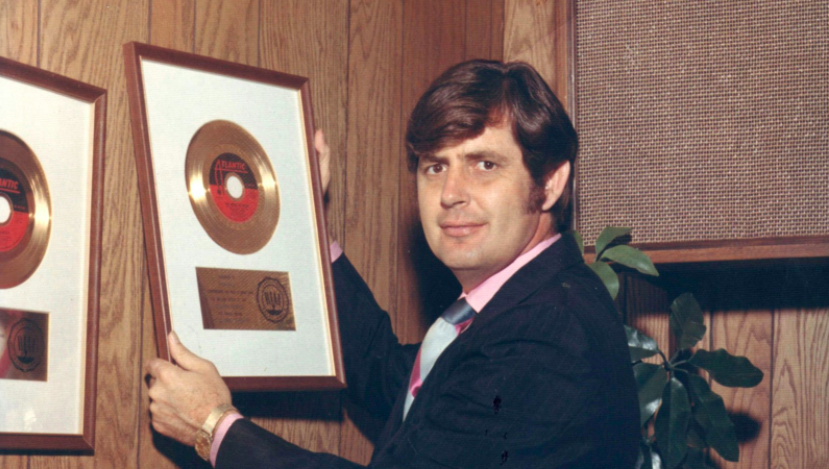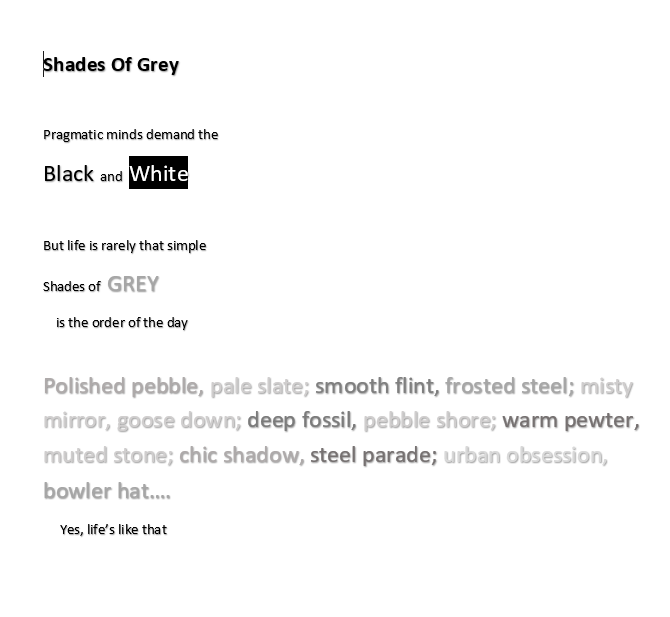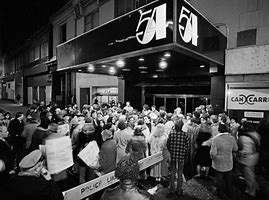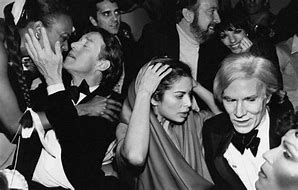He really shouldn’t have survived the late ‘60s, but against all the odds he did, and made it to the grand old age of 81. Another week passes, and another legend passes, this time David Crosby, he of The Byrds, and Crosby, Stills & Nash fame.
Until I started this blog, which has been a real education in discovering the back stories to the artists and songs I grew up listening to, I didn’t know that much about David Crosby but early on in this ‘nostalgic journey through the tracks of my years’ I discovered a great affinity for the music of the late 1960s, and especially the folk-rock that came pouring out of the hotbed of creativity that was Laurel Canyon. David Crosby seemed to be at the centre of everything that went on there and whenever I watched any of the documentaries made about the place (written about here) he was usually one of the main contributors.


Here’s something new I didn’t know before, David’s parents came from two prominent New York families, the Van Cortlandts and the Van Rensselaers, both of whom first came to the Americas in the 17th century and settled in what was then New Amsterdam. His parents (regulars in society magazines) moved to LA in the 1920s after which his father became an Oscar-winning cinematographer. David’s older brother Ethan got into the music business first, quickly followed by David who by this time had flunked out of college. In 1964 he joined The Byrds and although not the best song-writer or instrumentalist, and often not the lead vocalist, he was responsible for their trademark soaring harmonies and particular phrasing. Here is Turn! Turn! Turn! from 1965.
But David being David, it didn’t take long for tensions to rise within the Byrds ranks, mainly because of his onstage political diatribes between songs. He further annoyed his bandmates when, at the invitation of Stephen Stills, he substituted for an absent Neil Young during Buffalo Springfield’s set at Monterey. This internal conflict boiled over during the summer of 1968, and David was given his P45, but thankfully for us, the partying which then ensued in the nooks and crannies of Laurel Canyon, led to the formation of Crosby, Stills & Nash. David is often credited with having been the architect of folk-rock and it didn’t take long for this new supergroup (Neil Young at times becoming a fourth member) to find great success, their self-titled debut album selling over four million copies and spawning two Top 40 hits, one of them being this song, Marrakesh Express.
I’ve shared that song around here before and because I love the story behind the famous album cover, here it is again – The band had apparently been driving around with their photographer friend Henry Diltz when they saw an abandoned house with a sofa outside. They took the iconic picture and then went home. After finalising the name of the band, they realised they should change the seating order. Sadly when they returned to the same spot, the house had been reduced to a pile of timber, so the original picture stood. Glad they didn’t decide to change the name of the band to fit the picture, as Nash, Stills & Crosby just doesn’t cut it for me.
Some people from the world of music change their look every few years but from what I can see, David Crosby found a style that suited him in the late ’60s and just stuck with it. The hair may have turned white but right up until the end he still sported his long frizzy hair, distinctive moustache and sideburns. The look of a dandy was not for David and he seems to have been very comfortable in his own skin.


He was definitely an ornery and cantankerous kind of chap who fell out with just about everyone he ever worked with (although not Stephen Stills it seems) but maybe we need those kind of characters in life as they often act as the catalyst that brings about bigger change. Who knows, the whole Laurel Canyon scene might not have happened in quite the same way without him (and his supply of drugs!). He thankfully avoided joining the 27 Club, something some of his contemporaries (Jim Morrison, Jimi Hendrix and Janis Joplin) didn’t manage to do and ended up living a relatively long life. RIP David Crosby.
So, ‘What’s It All About?’ – It does seem as if every other post around here is a tribute nowadays, but as the years roll by, it’s kind of becoming inevitable. I’ve followed music keenly since the 1970s, and have really enjoyed delving back to the 1960s on these pages, an era I was not quite as familiar with. I am, however, conscious of the fact I don’t want the blog to become an obituary column so will restrict my tributes to those artists who mean something to me, or ones, like David, that I’ve written about around here before.
To those music bloggers from my circle who have lost people from their own lives recently, I hope I have not been insensitive. You know who you are and my thoughts are with you.
Until next time…
Turn! Turn! Turn! Lyrics
(Song by Pete Seeger)
To everything turn, turn, turn
There is a season turn, turn, turn
And a time to every purpose under heaven
A time to be born, a time to die
A time to plant, a time to reap
A time to kill, a time to heal
A time to laugh, a time to weep
To everything turn, turn, turn
There is a season turn, turn, turn
And a time to every purpose under heaven
A time to build up, a time to break down
A time to dance, a time to mourn
A time to cast away stones
A time to gather stones together
To everything turn, turn, turn
There is a season turn, turn, turn
And a time to every purpose under heaven
A time of love, a time of hate
A time of war, a time of peace
A time you may embrace
A time to refrain from embracing
To everything turn, turn, turn
There is a season turn, turn, turn
And a time to every purpose under heaven
A time to gain, a time to lose
A time to rend, a time to sew
A time for love, a time for hate
A time for peace, I swear it’s not too late



















































